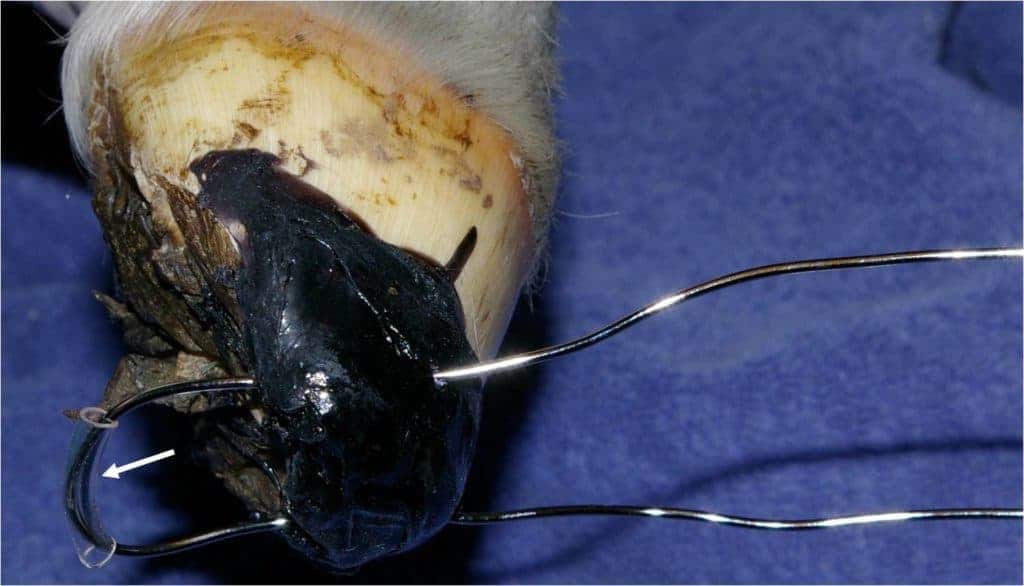
Equine Joint Health for the Long Run
Osteoarthritis might not be completely avoidable as a horse ages, but early diagnosis and conscientious care can slow its advance and minimize pain.

Osteoarthritis might not be completely avoidable as a horse ages, but early diagnosis and conscientious care can slow its advance and minimize pain.

A hereditary disease–skeletal atavism–leads to disturbed skeletal development and usually requires euthanasia.

Two equine surgeons shared their thoughts on rotational limb deformities, contracted carpal joints, club feet, and more.

A novel treatment technique for correcting flexural deformities in foals showed promise in a recent study.

One researcher described how to evaluate horses’ feet, legs, and gaits for potential soundness or lameness.
One of the most common deformities that equine veterinarians deal with in newborns is contracted digital flexor tendons. This might cause foals to walk on the toes of their front hooves instead of being flat footed.
Hunt discussed several limb and hoof deformities in foals and recommendations for correcting or managing them during the “Putting Science into Farriery” session at the 2008 Convention of the American Association of Equine Practitioners. One of his bi
Scoliosis, a curvature of the spine, is most often attributed to congenital vertebral malformations, possibly associated with malposition of the fetus in the uterus. However, researchers have linked cases of acquired scoliosis presented at Cornell
Angular and flexural limb deformities in foals are concerns, to be sure, but they’re not necessarily kisses of death. At the recent Bluegrass Laminitis Symposium, Ric Redden, DVM, founder of the International Equine Podiatry Center in Versailles, Ky.
“Owners and trainers worldwide have the feeling that every veterinarian and every farrier have years of experience and vast knowledge about laminitis and podiatry (foot care). Unfortunately, this is not the case,” said Ric Redden, DVM, founder of
Some foals sharing the same sire are all walking on their tiptoes and are very upright. Is this genetic?
The monitoring committee for the Sales Integrity Program is taking action to address some consignors’ concerns about how the Thoroughbred auction industry will handle the disclosure of invasive joint surgeries and other procedures designed to
Limb conformation has bearing on the type of procedure used to alter a particular defect, including periosteal elevation, transphyseal bridging, hoof augmentation, and changes in management. Conformation also affects selection of sale and breeding
Flexural or angular deformities can be very shocking and even disturbing in severe cases, but appropriate veterinary care offers great hope for these foals.
Ask six veterinarians what causes developmental orthopedic disorders in foals and you might get six different answers. According to Tina Kemper, DVM, there could very well be six causes, and possibly more. Kemper specializes in equine internal
Stay on top of the most recent Horse Health news with
"*" indicates required fields